NVIDIA #OrderOf10 Origins Challenge Week 2 Answer Guide
NVIDIA’s second #Orderof10 Origins challenged was unveiled as scheduled today (Thursday, July 28 9AM EST) so it is time once again for an answer guide from Modders-Inc explaining how to get the answer. Just as a recap, this is part of NVIDIA’s giveaway where a high-end full VR-ready system is up for grabs armed with an Intel Core i7-5820K processor, a pair of NVIDIA GeForce GTX 1080 Founders Edition (2x) graphics cards, 32GB of HyperX Fury DDR4-2666MHz Memory and HTC Vive VR HMD headset.
You have to first visit http://www.orderof10.com and register. If you have a friend who already registered, they will have a referral code which you can use and they will gain extra entries for the giveaway (total of first four gives 20 total bonus entries, five for each person). There are weekly draws for a GTX 1080 graphics cards (two a week), GTX1070 graphics cards (three a week), undefined NVIDIA graphics card of $359 value (five a week), game code for Mirror’s Edge: Catalyst (50 per week) and game code for Rise of the Tomb Raider (50 per week). Whew! That’s a lot of hardware.
This week’s puzzle shows the following image:
The text reads: “Henry Briggs is best known for inventing Base 10, the backbone of modern logarithms. These advancements in calculation were a keystone in the bridge to modern systems of computation – doorways to new realities. His innovations were inspired by his predecessor in the book Mirifici Logarithmorum Canonis Descriptio.”
After last week’s #Orderof10 Origin puzzle, a pattern is starting to emerge here on how NVIDIA forms these riddles. Last week, as cool as Zhang Heng was, the mathematical key to unlocking the puzzle was not done by him. This time, the puzzle is talking about Henry Briggs but references a predecessor’s work, so it is safe to assume that this will be the key to this week’s solution.
The book referenced, Mirifici Logarithmorum Canonis Descriptio, was written by a man called John Napier. Unlike Stansilaw Ulam last week who never met Zhang Heng, John Napier and Henry Briggs actually knew each other. John Napier is a Scottish mathematician who invented what is called Napier’s rods, a sort of hand-crank calculator for multiplication of large numbers. It can multiply, divide or extract square roots of large numbers easily by rotating a set of rods (corresponding to digits 0 to 9) on a board and cross referencing the resulting set. Briggs visited Napier later in life not to polish his rods, but rather to suggest changes to Napier’s logarithms. Napier’s rods themselves are not the same as logarithms. You can see pieces of Napier’s rods to the side of the puzzle so this is a clue that will be used in this puzzle, like the coins were last week. Since this is a worldwide giveaway designed by NVIDIA’s PR team, it is also impossible for the puzzle to be so extremely difficult so it is safe to say that there is no actual higher mathematical calculation involved or else, nobody will get it within the limited time period. Since we already have the Napier rod clue, we can discount logarithms entirely.
The actual puzzle involves four sheets of paper with two X, Y equations each. The fractions in the sheet resemble the numbers in Napier’s rods so it looks like there is no actual fraction/division here but rather a representation of the rod. First key to any puzzle is to look for obvious patterns. Isolate each set of numbers first and see what comes out before doing any calculation. Sorting out the red herring helps a lot, like not factoring in the actual photos of the rods on the side. Brushing up on how Napier’s Rods actually works will help. Wikipedia as usual has a very good overview of it (the image below is from the article): https://en.wikipedia.org/wiki/Napier%27s_bones
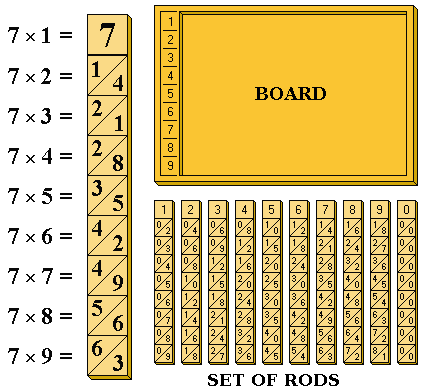
The tricky part is the up and down arrow with numbers. Thinking the puzzle is more complicated than it actually is hardly productive so let us assume that it is not a matter of further calculation. Since the original Napier rods in their time were physically rotated, this up and down arrow with numbers could mean the step number in which the rods are turned or moved on the board. If that is true, then we must solve the missing numbers from the rod and board first.
Looking at the set of numbers again, we can find the first clue. Since the contents in the Napier rod are the result of a cross section with a number at the left side of the table multiplied by the number at the top and are written with the tens place number at the top of the “fraction” and the ones place number at the bottom part of the “fraction”, we can figure out the original numbers.
Taking the first set as an example, the provided numbers are: 56, 24, 24, 40, 64, 08, and 16. From this, we can figure out the left side value which is their common denominator 8.
Now that we have a common denominator, we divide the provided numbers with this number to get the resulting top number. From here we get: 7, 3, 3, 5, 8, 1, 2. Continuing on to the rest, we get:
- DENOMINATOR=8 TOP=7,3,3,5,8,1,2
- DENOMINATOR=3 TOP=1,1,9,1,1,7,7
- DENOMINATOR=9 TOP=1,0,4,7,5,6,6,9
- DENOMINATOR=8 TOP=2,0,8,2,7,0,7
- DENOMINATOR=6 TOP=1,8,9,8,5,9,4,3
- DENOMINATOR=8 TOP=4,7,4,5,2,7,9
- DENOMINATOR=7 TOP=3,7,4,1,9,8,9
- DENOMINATOR=6 TOP=6,3,6,5,9,1,7
Now here is another tricky part because I still don’t quite exactly know what to do next. As I mentioned earlier, I am willing to bet that NVIDIA does not want actual higher math calculation although from the experience with last week’s puzzle, the puzzle master does have a knack for tedious work.
Whenever I am stuck with a puzzle, what I try to do next is to try to figure out the answer from the end point then going backwards. Not all puzzle reveal what the end point is supposed to be, but in this particular case, it is obvious because it is given that we are solving for X. There is also something very particular about how X is solved in the last step because the resulting number must be multiplied by 00.000001. This is odd because in usual mathematical notation, the first zero before the decimal point is dropped since it has no value and is redundant. You really only need one zero in there. In this case however, it can be taken as a clue that the final result X will have two digits before the decimal begins.
That kind of number and that particular decimal placement is very familiar to me because those are numbers for geographic decimal degree coordinates. I love geography and am not too bad at Geoguessr (my score below. #humblebrag) which is a browser-based game where you are dropped in the middle of nowhere and try to guess where in the world you are by pin-pointing on a map.
So far, what we know is that no actual logarithmic calculation or higher math function is involved, at least I am 75% sure there aren’t, but I am 99% sure that the final result will be coordinates on a map. Four sheets means there are four points, and the final answer will most likely be where those coordinates intersect, hence the string and pin clue on the paper like how they do it in detective movies.
Now, back to our number that we need to get coordinates from. Moving the rod changes the value on the left because the number at the top is part of the rod, while the number on the left is part of the board where the rod is placed. Moving the rod changes the multiplier on the left and gets us a number. On the board, moving UP gets us a lower number and moving DOWN gets us a higher number because it is listed from the lowest value at the top to 9 at the bottom. Use the Wikipedia image of Napier’s board with rods as a reference, so I am pasting it again below. For example, the first one is a multiplier of 8 from the board but if we move UP 3, we end up with 5. Let us try now with the comma removed from the set and treating it as a single value:

- 5* 7335812 = 36679060
- 9 * 1191177 = 10720593
- 4 * 10475669 = 41902676
- 6 * 2082707 = 12496242
- 2 * 18985943 = 37971886
- 5 * 4745279 = 23726395
- 8 * 3741989 = 29935912
- 3 * 6365917 = 19097751
Now we have Y, we solve for X by multiplying with 00.000001:
First sheet:
- 36.679060
- 10.720593
Second sheet:
- 41.902676
- 12.496242
Third sheet:
- 37.971886
- 23.726395
Fourth Sheet:
- 29.935912
- 19.097751
Now that we have our values, let us plug them in Google maps to see. The first sheet takes us to nowhere in particular on a road in Tunisia. Use Google maps because if you are logged in to your Google account, you can save the location and it is easier to go back later and map it out.
The second sheet takes us to the middle of Rome, Italy.
The third sheet takes us to right on top of the Parthenon in Athens, Greece.
The last sheet takes us to Libya. Nowhere specific, but close to Benghazi.
Now that its time to to check out our saved coordinates and put our own (virtual) pin and strings on them.
Scroll back up to the puzzle image and see which string connects which sheet. The first connects to the third while the second connects to the second, so we draw a line as if it were a string to these locations. Tunisia to Greece, then Rome to Libya:
Voila! We have our coordinates. Now just zoom in and type where the intersection meets and you have solved another puzzle from NVIDIA’s #Orderof10 Origins. See you guys again next week.
Feel free to post your referral link in the comment section below if you want people to use it for more entries (or just leave comments and suggestions).
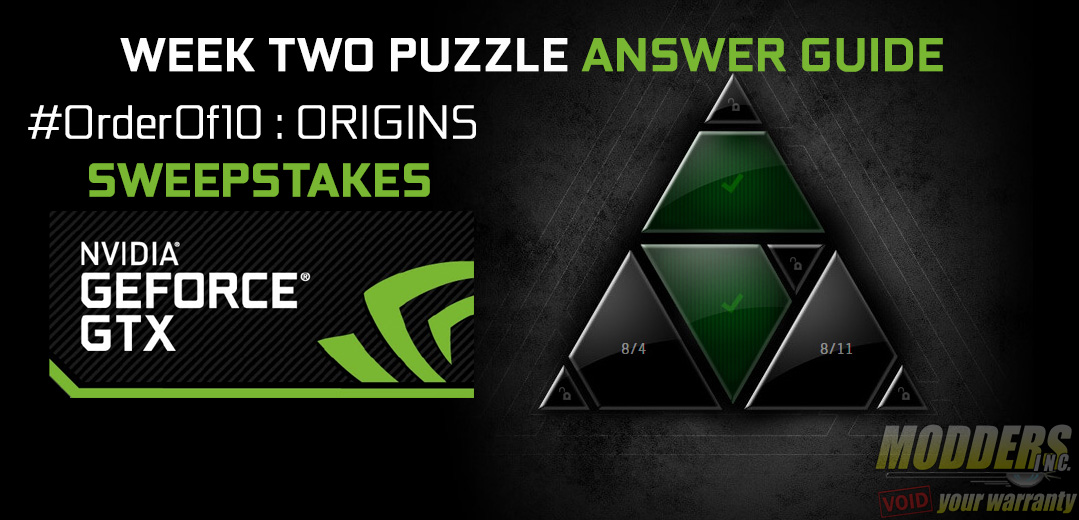
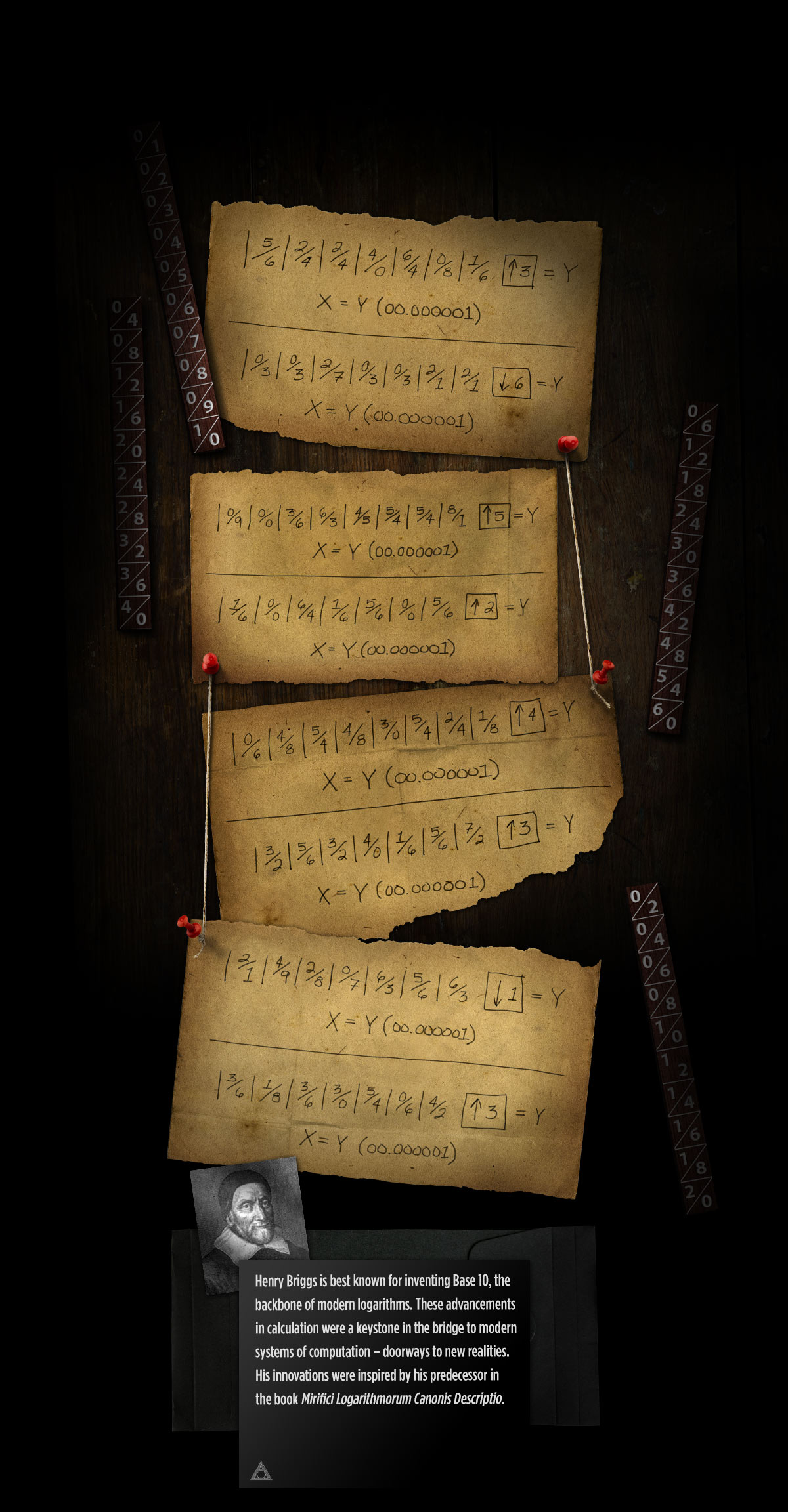
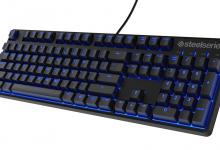
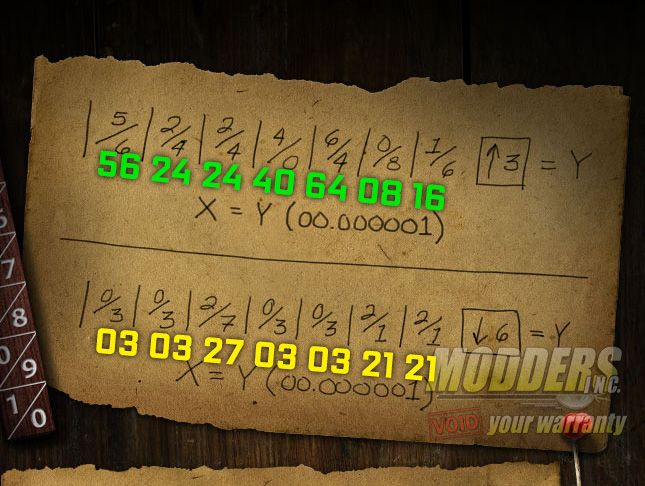
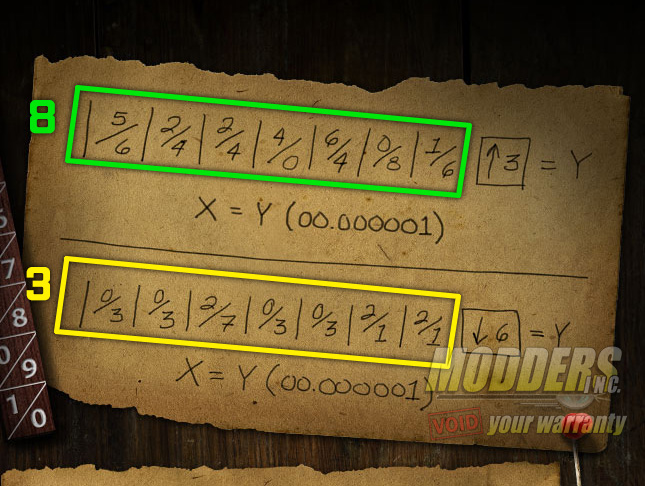
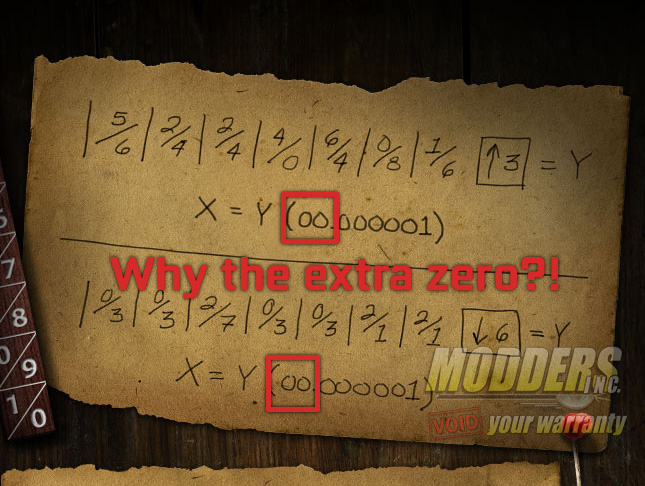
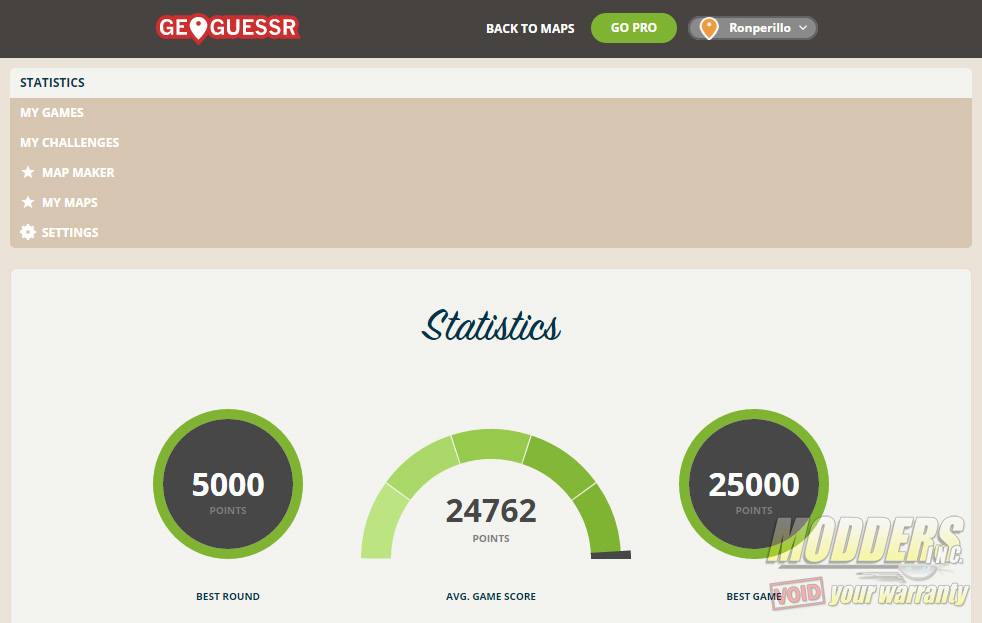
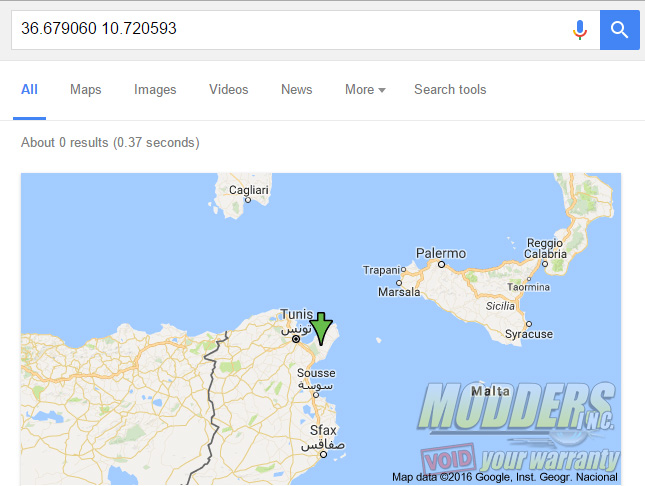
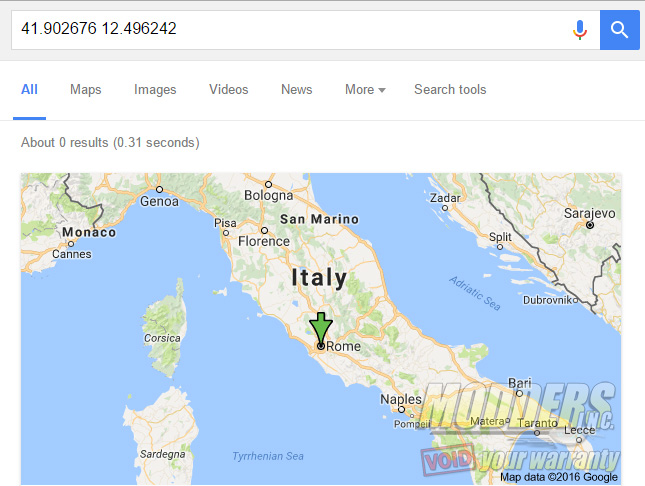
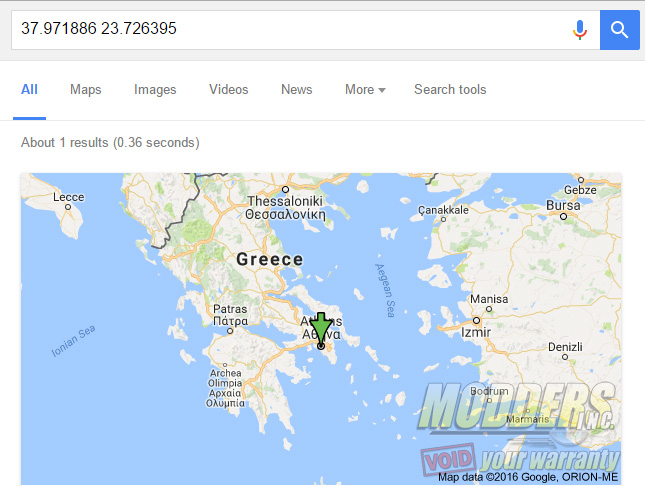
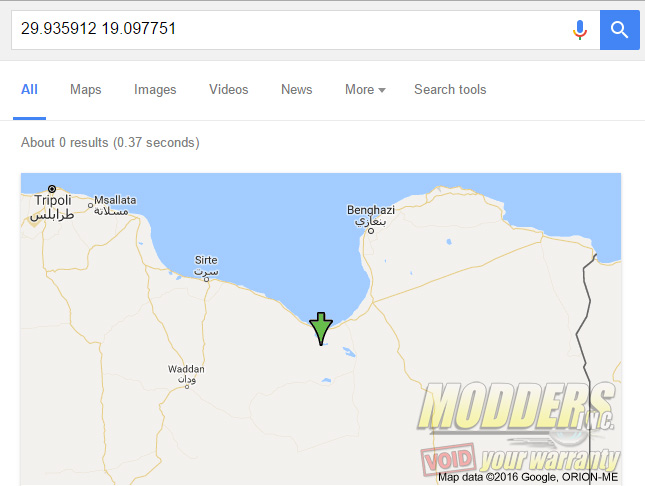

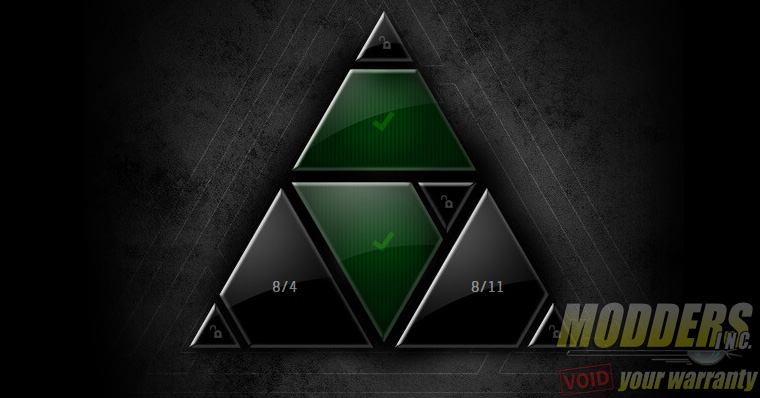
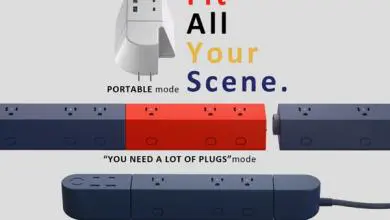
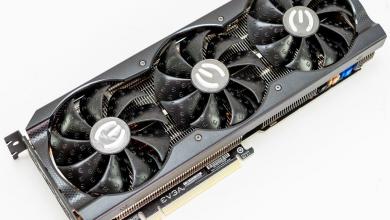

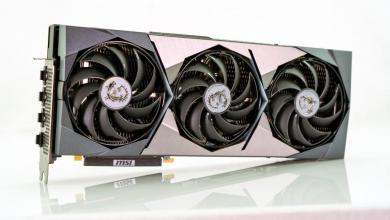



You don’t need that whole denominator section, I believe they only use the denominator as a locator so that you can go up or down to the relevant rows… Please See the attached word document for an explanation.
https://1drv.ms/w/s!Agmere-2xOSFkzY9-bds1GkdBQXd
Thanks, using a Napier’s bones calculator is definitely a more elegant solution than what I had. I was trying to show my reasoning on how I arrived at it. I actually had two other methods I was trying out as well at the same time but was a dead end that made me realize it was going to be simpler early on.
No Problem, and I don’t know about elegant, but i agree with you… i don’t think it was the challenge creators intent for us to have to calculate things out in Math… at least, not in any depth. Everything so far has been in plain sight if you follow the breadcrumbs, and yes… i also agree with your thought that there is a certain order of things in the information we are given. Thank you for all your hard work on these, Stellar job. At least this weeks was relatively easy, at least to do an answer guide for… I think after last weeks it will be a while before you will ever want to use photoshop again lmao
my refer: vmardnimr2
Vielen Dank für die tolle Hilfe! Es ist super von euch, den Lösungsweg derart detailliert darzustellen. Viel Glück an alle Teilnehmer am Gewinnspiel.
Enrico / Königswinter / Germany
My code is zm7z8er4yx
zuavpbcvwm
My code is : rcjbqkxtkm
My code: 2w6q4stfmp
My code: 3udtgbum9j
nice job. this was much harder than the last weeks puzzle.
My code: rumfuk265v
jzqfgj8q5n
My code if anyone is kind enough to help: y54hexud5e
The first image coordinate is Carthage, not just a road in Tunisia. Carthage, Syracuse, Rome, and Athens were all vaguely related in the Peloponnesian War. My code: kkwvcvjppc
My code is g4kk2eb36g if anyone would be kind enough to help
Interesting puzzle, although I wish it involved more complex math. Here’s my code: h7a32i89sg
ikm2xycp68
@Christian – Not quite. The Peloponnesian war only involved what were Greek city-states and took place around the Aegean. Carthage is a specific location facing the gulf of Carthage. Remember they were a naval superpower and it does not make sense for them to be where the coordinates are pointing because that is far from the body of water and harder to defend. NVIDIA did not give coordinates to places of historical significance to the Tunisian and Libyan places because a.) unnecessary, it would make things needlessly complicated for them b.) it would not have pointed to the actual answer they wanted. If the coordinates actually pointed to the Carthaginian capital it would have changed the final answer.
7k77722qmf
my referal code if anyone want to help me. Thank!
sorry tg6f28faz8 this is my code!
mines hqjdyaqm4k someone please?
REFERRAL CODE: y7ht5ni6z6
jv3xjze2n5
UNIQUE REFERRAL CODE
jafe8r2sse https://orderof10.com/refer
My referral code is deenqrvnxr plz help
my code x8682c9irg
My referral Code is:
9b97r823ja